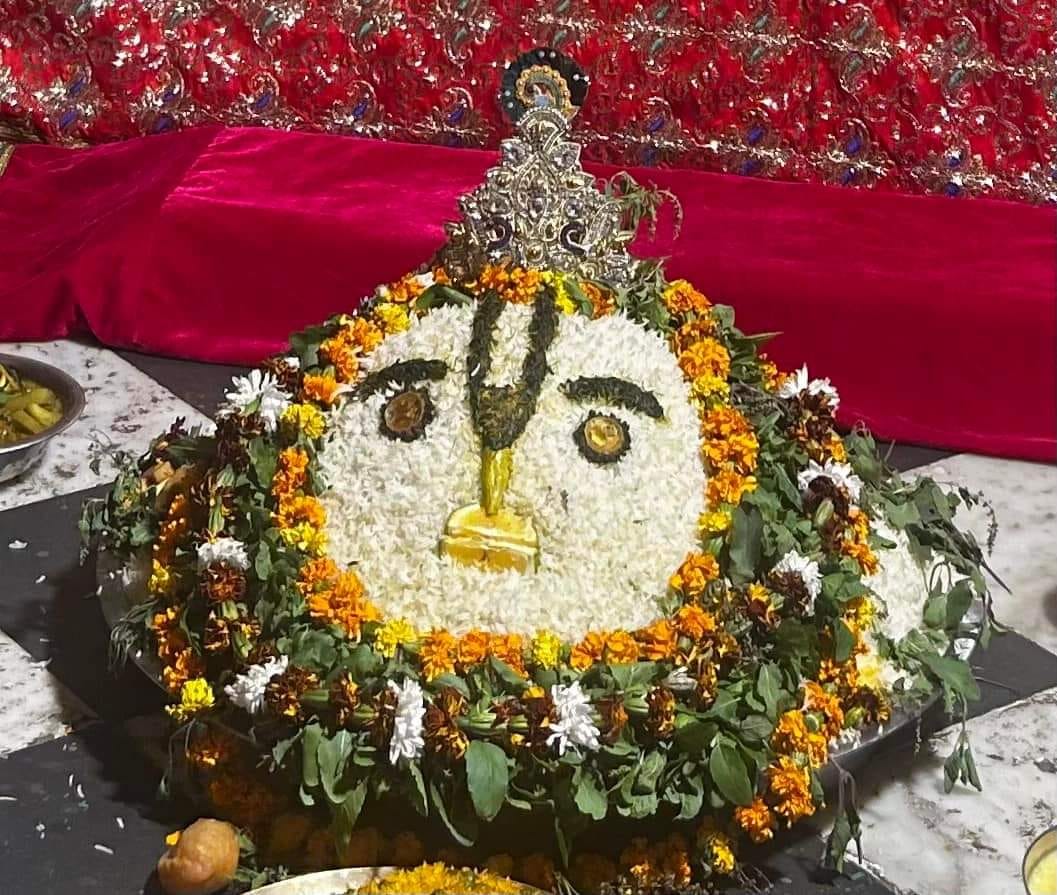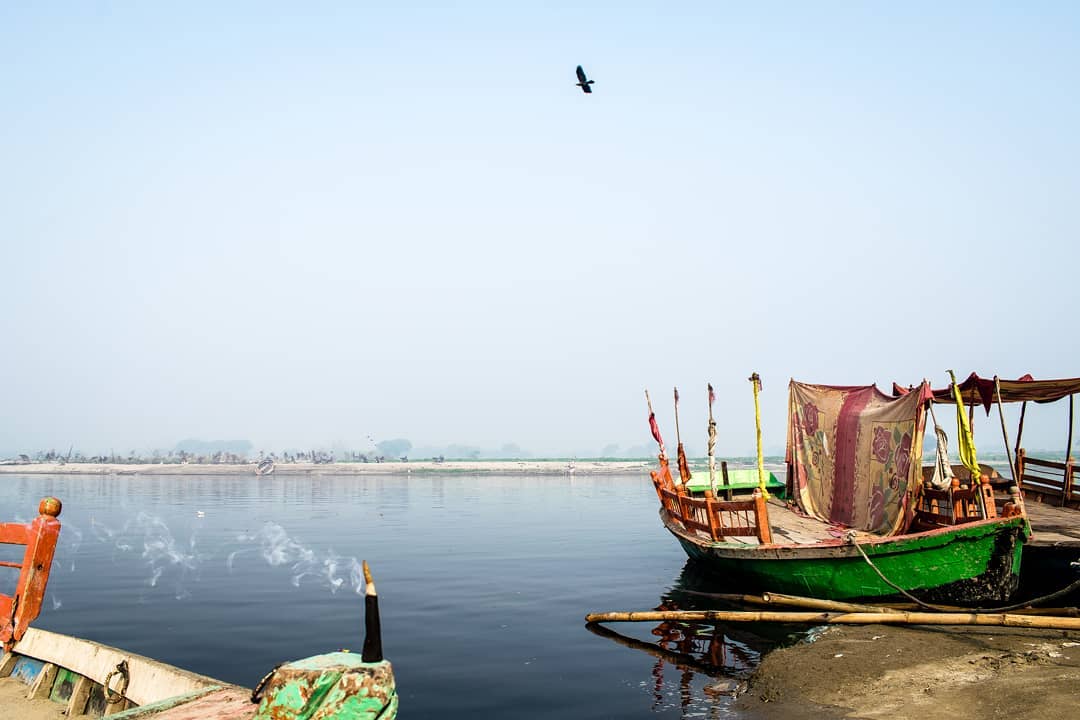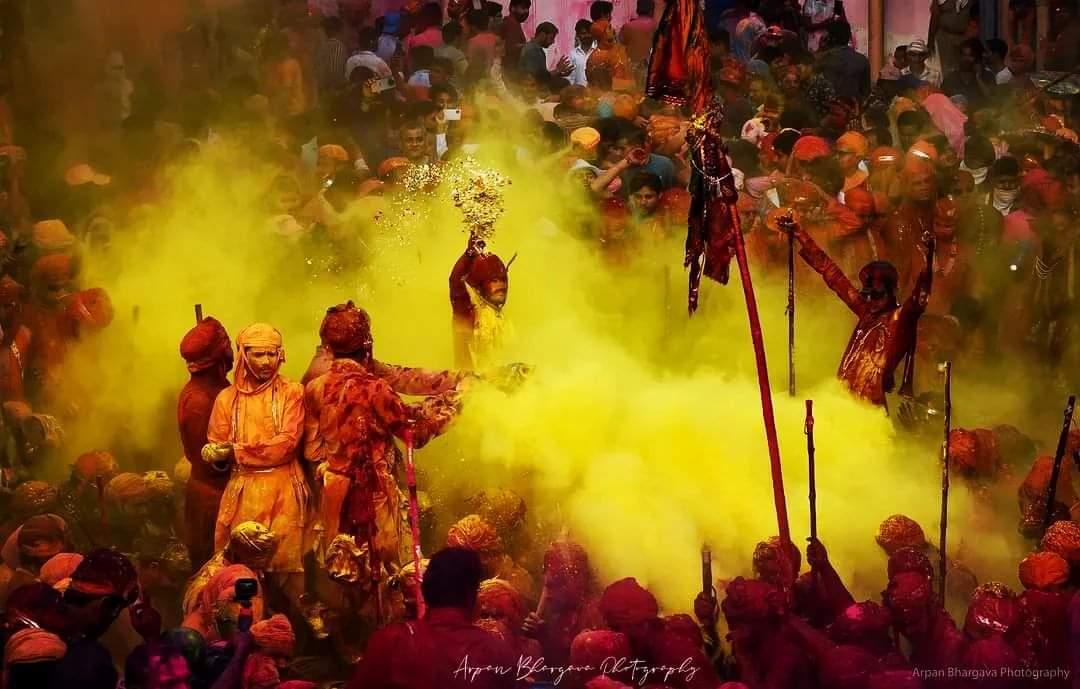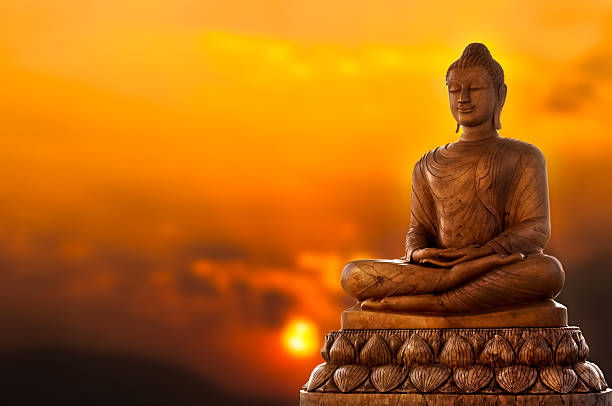- Sri Krishna and his environmental concern
- Mass feast for all to demolish social barriers
By Brij Khandelwal
2024.11.01 (Vrindavan Today News) : Preparations are on for the “Annakoot” a grand religious feast that is to be held today and tomorrow in Sri Krishna temples and at community centres all across Braj Bhoomi.
Community feasting with more than 56 different food-items in the temples of Sri Krishna, a day after Diwali, is the chief attraction for many devouts who have begun arriving in the Goverdhan hill-town for the ‘parikrama’ and the celebrations. A large number of foreign “Sri Krishna Bhakts” are already in the town, chanting bhajans as they perform the “parikrama of the 21 km long hill.”
According to the Hindu mythology, Sri Krishna lifted the Goverdhan hill on his little finger to protect people from the wrath of Lord Indra. The faithfuls now undertake the 21 km ‘parikrama’, which is going around the hill, and take a holy dip in the Mansi Ganga pond, located close to the temple.
Goverdhan puja is celebrated in Agra division that includes the entire Braj Mandal and the districts of Aligarh, Firozabad, and Hathras.
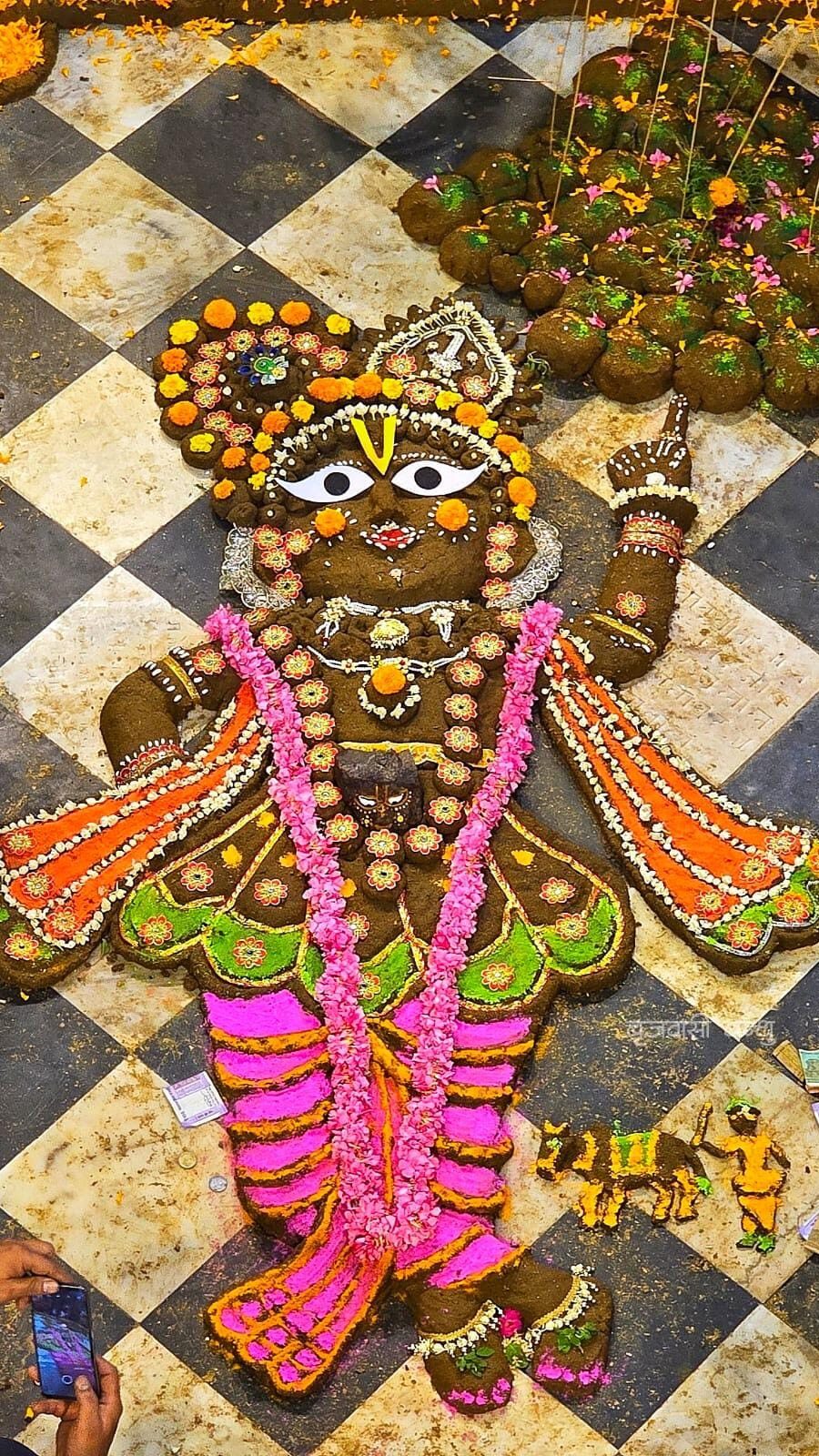
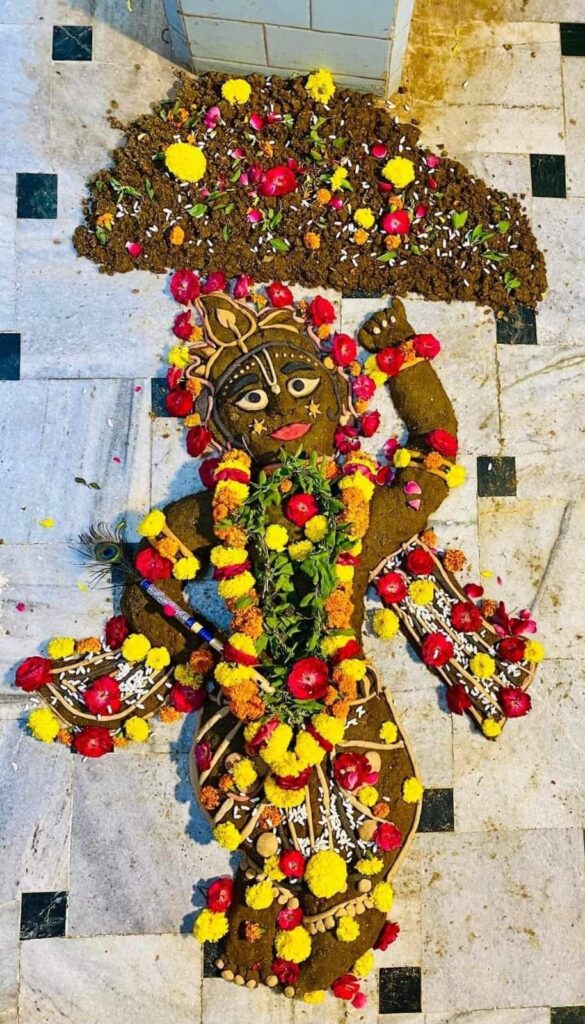
The Goverdhan is made of cow-dung and the community collectively worships the deity with sweets and milk. The immersion in the river or ponds takes place the next day.
For convenience sake, the Goverdhans these days are made on bullock carts which can be easily towed to the river the next day for immersion ceremony with lots of music, dance and the customary pujas. For the past few years, the size of the Goverdhan is increasing — up to 20 feet now.
The Annakoot Bhoj falls on the first day of the fortnight of the waxing moon, also known as Shukla Paksha, in the Hindu month of Kartik. “Goverdhan means the nurturer of the cows.”
During this community feast lots of food items, sweets, namkeens and dry fruits are offered to Goverdhan. This is one way of bonding with people.
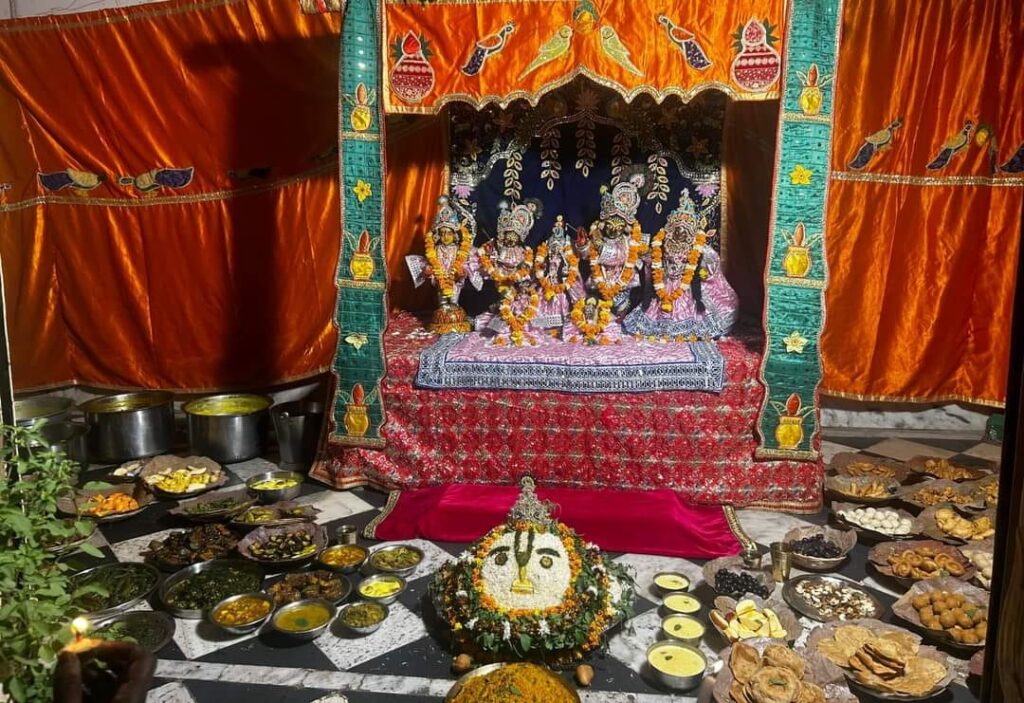
Meanwhile, there has been an average increase of 25 percent on all vegetables. This is due to the demand pressure. For preparation of the special subzi called “Gadd” a kind of mixed vegetable, more the better, families buy a wide range of common and exotic varieties of vegetables. This leads to increased demand. Subzi mandi remains closed a day after Diwali and that leads to additional pressure.
Shri Krishna, a divine embodiment of love and compassion, teaches us invaluable lessons about nature and community through the joyous celebrations of Diwali, Govardhan Puja, and Annakoot. As the protector of the environment, Krishna exemplifies the harmony that exists between humanity and nature. During Govardhan Puja, he lifted the Govardhan Hill, symbolizing the importance of protecting our natural surroundings. This act illustrated that nature is not merely to be revered but actively cared for, fostering a sustainable relationship with the earth.
The Annakoot feast, following Govardhan Puja, embodies the spirit of community and sharing. By inviting everyone to partake in the abundant offerings of food, Krishna emphasized the importance of unity and social participation. This mass feast signifies a collective responsibility towards one another, breaking social barriers and fostering inclusivity.
Through these celebrations, Krishna conveys a profound socialistic message, urging us to care for our environment while nourishing the community. The essence of these festivals lies in acknowledging our interconnectedness with nature and each other, promoting a spirit of gratitude and responsibility that echoes in today’s efforts for ecological preservation and social harmony. Thus, Krishna’s teachings inspire us to create a better, sustainable world through love and community action.


